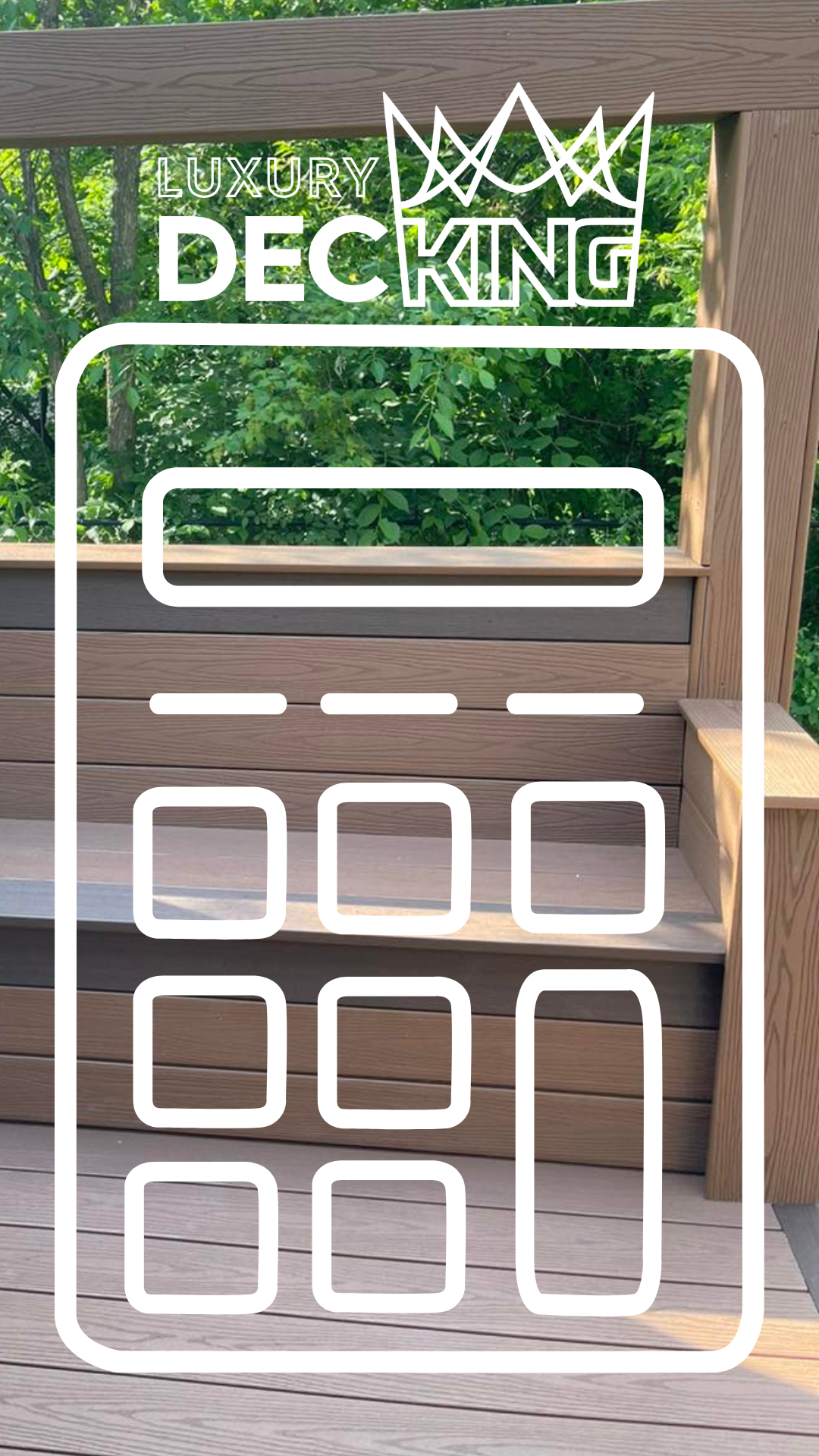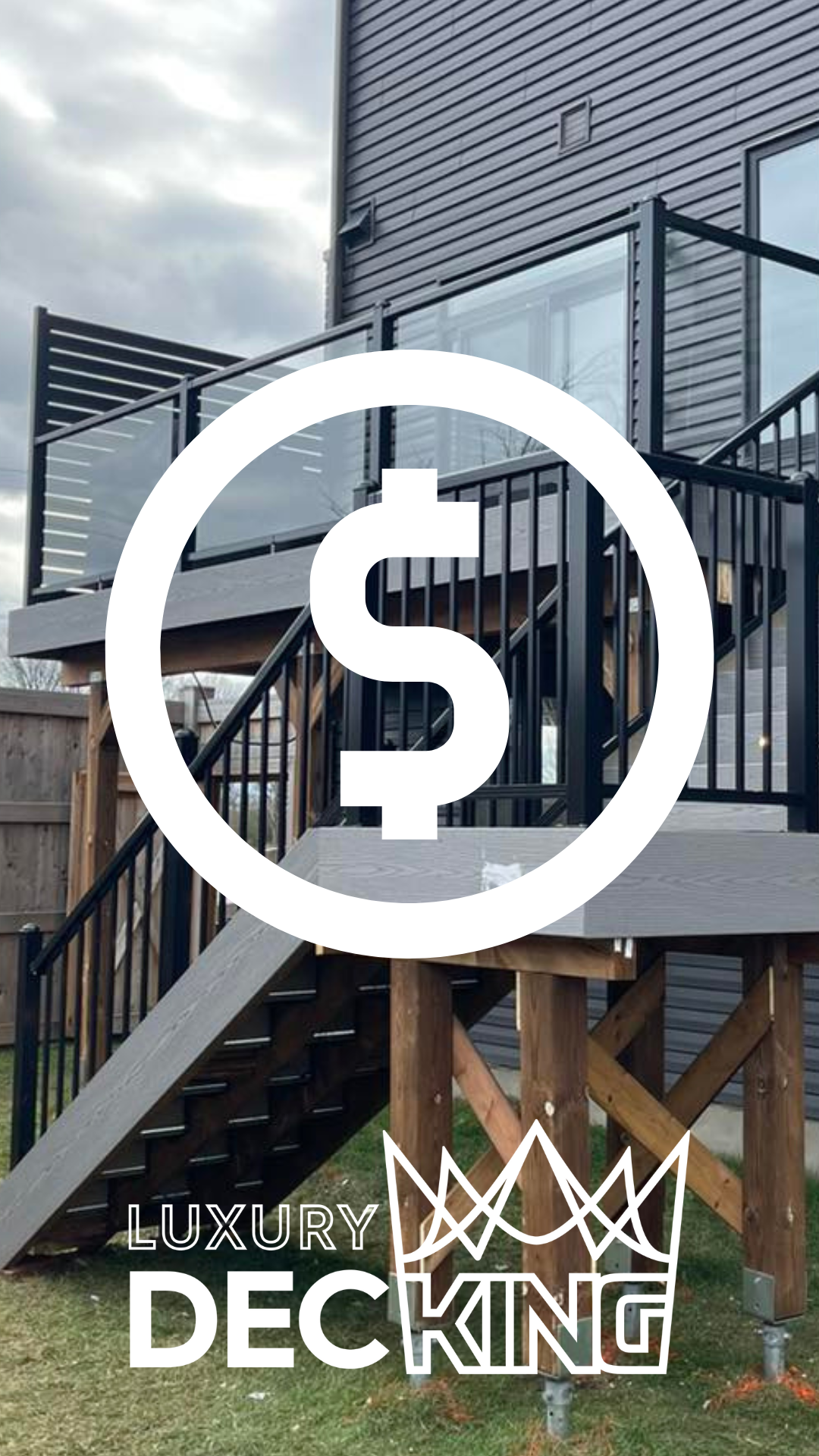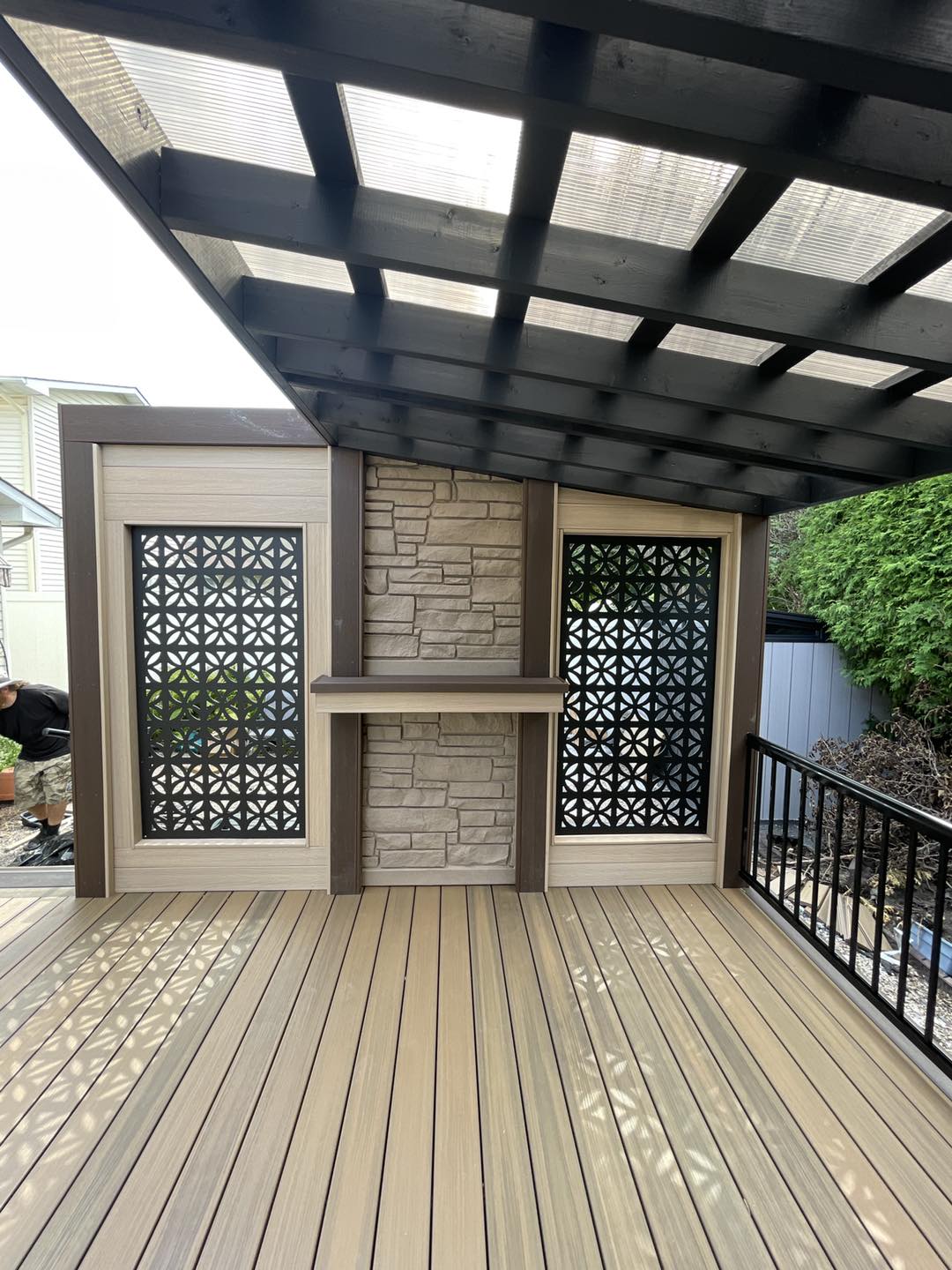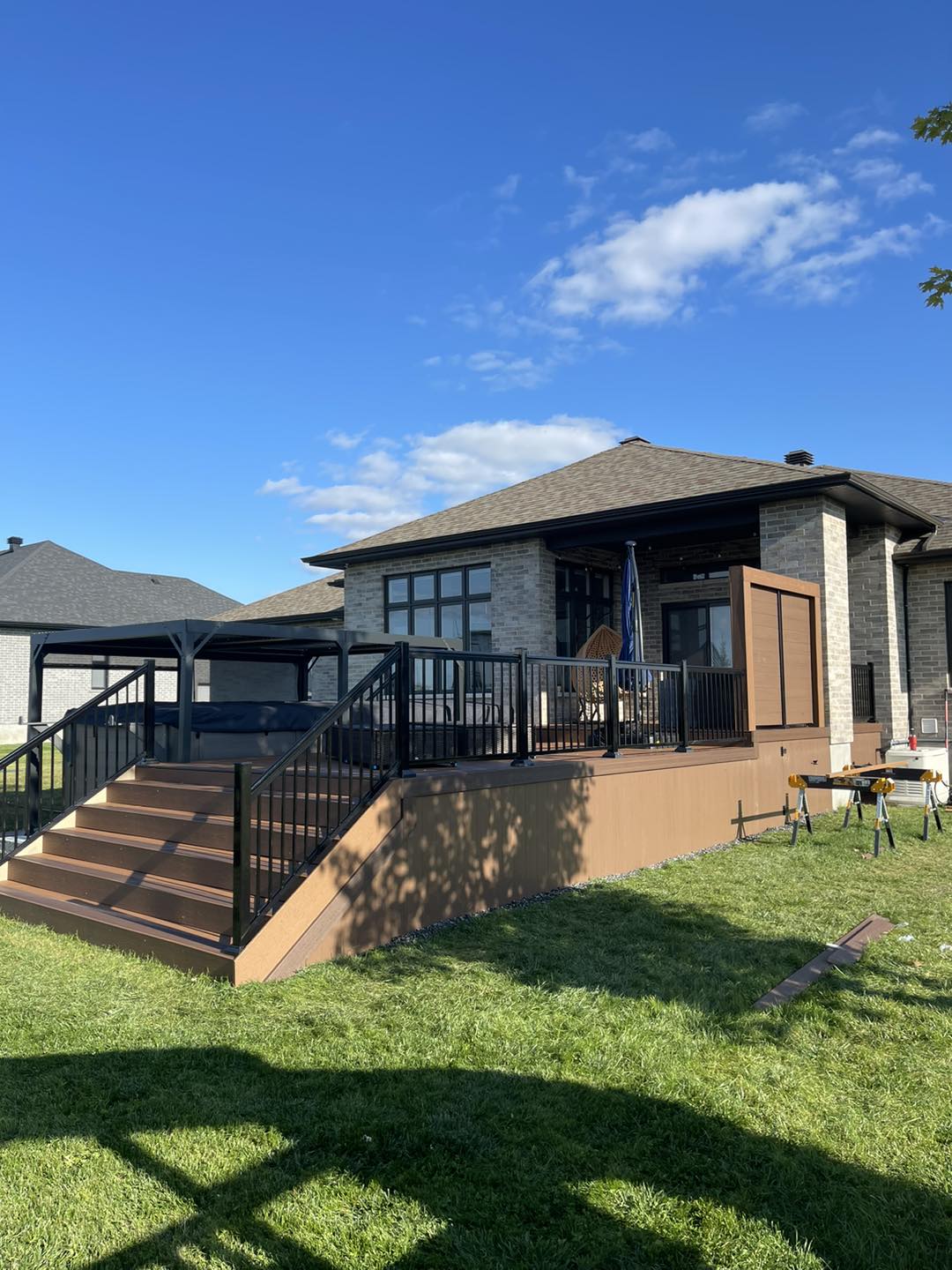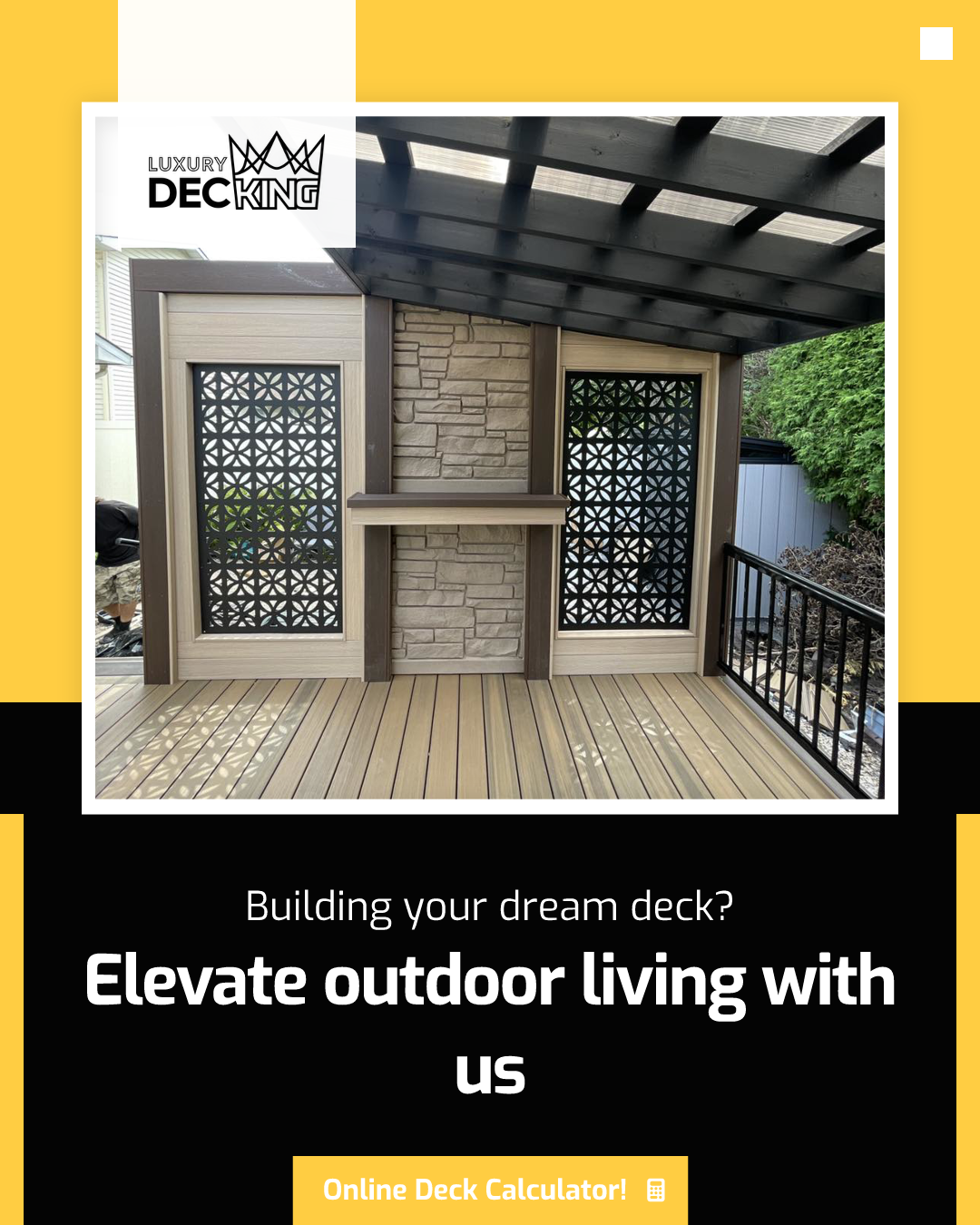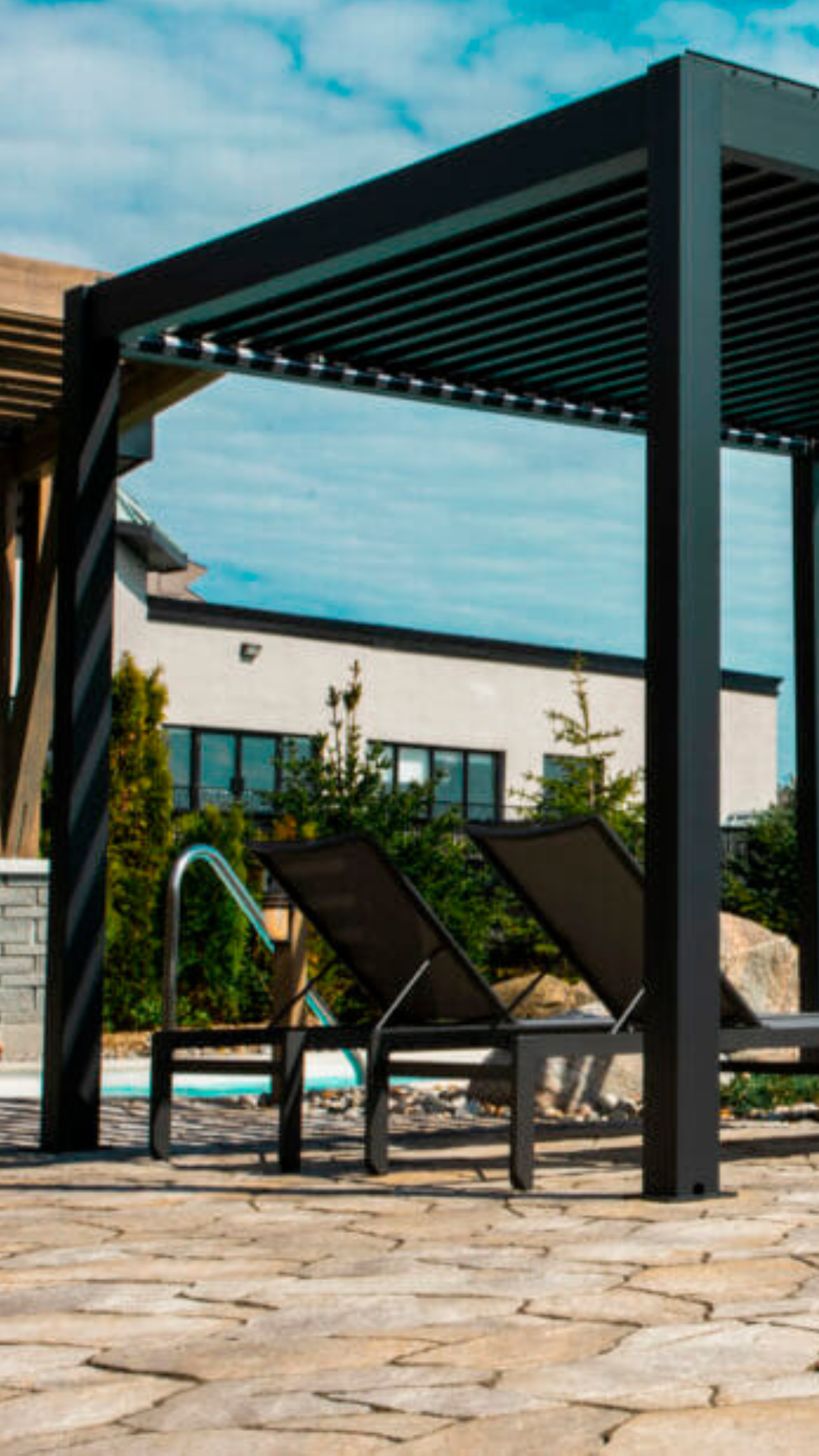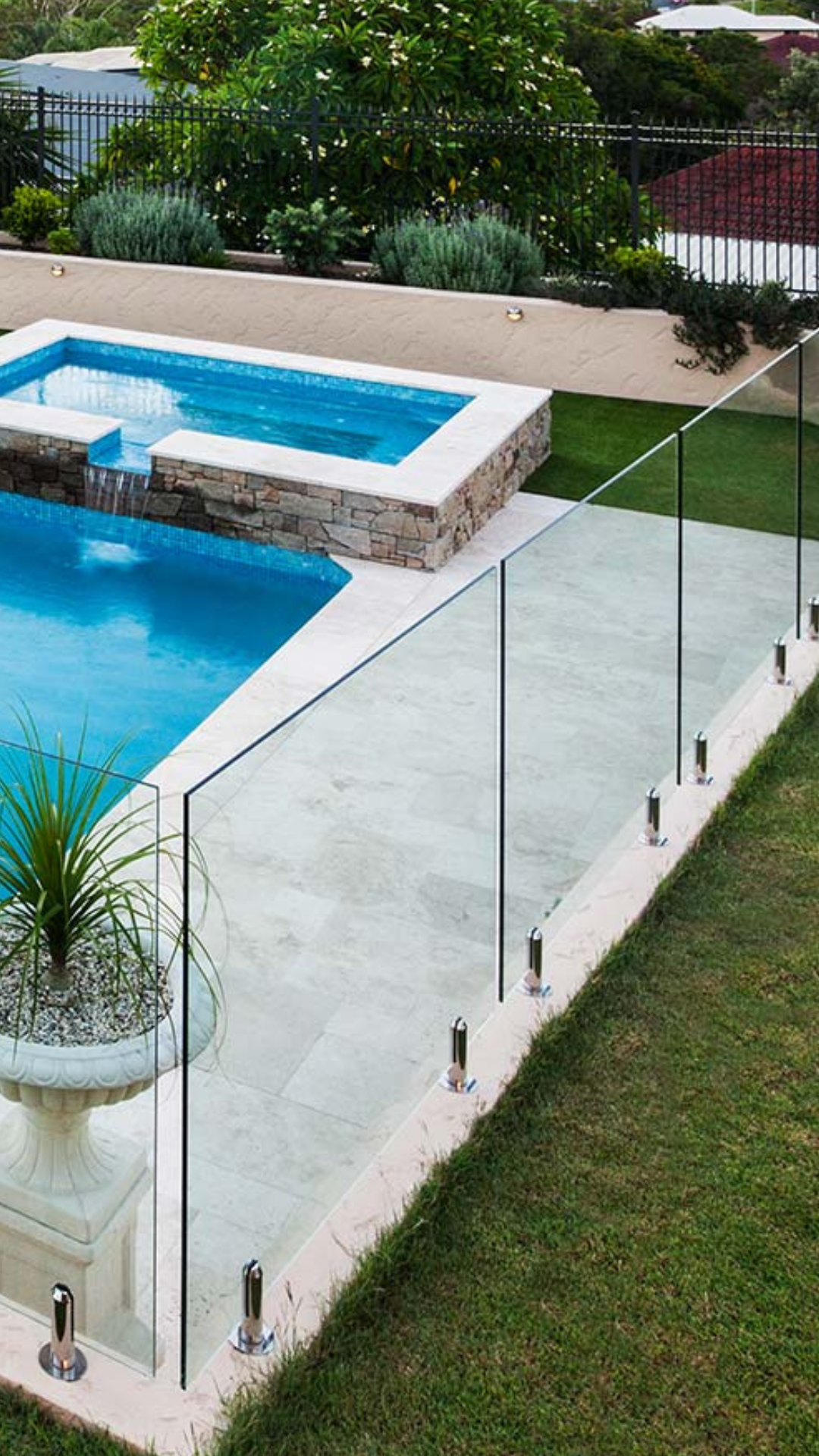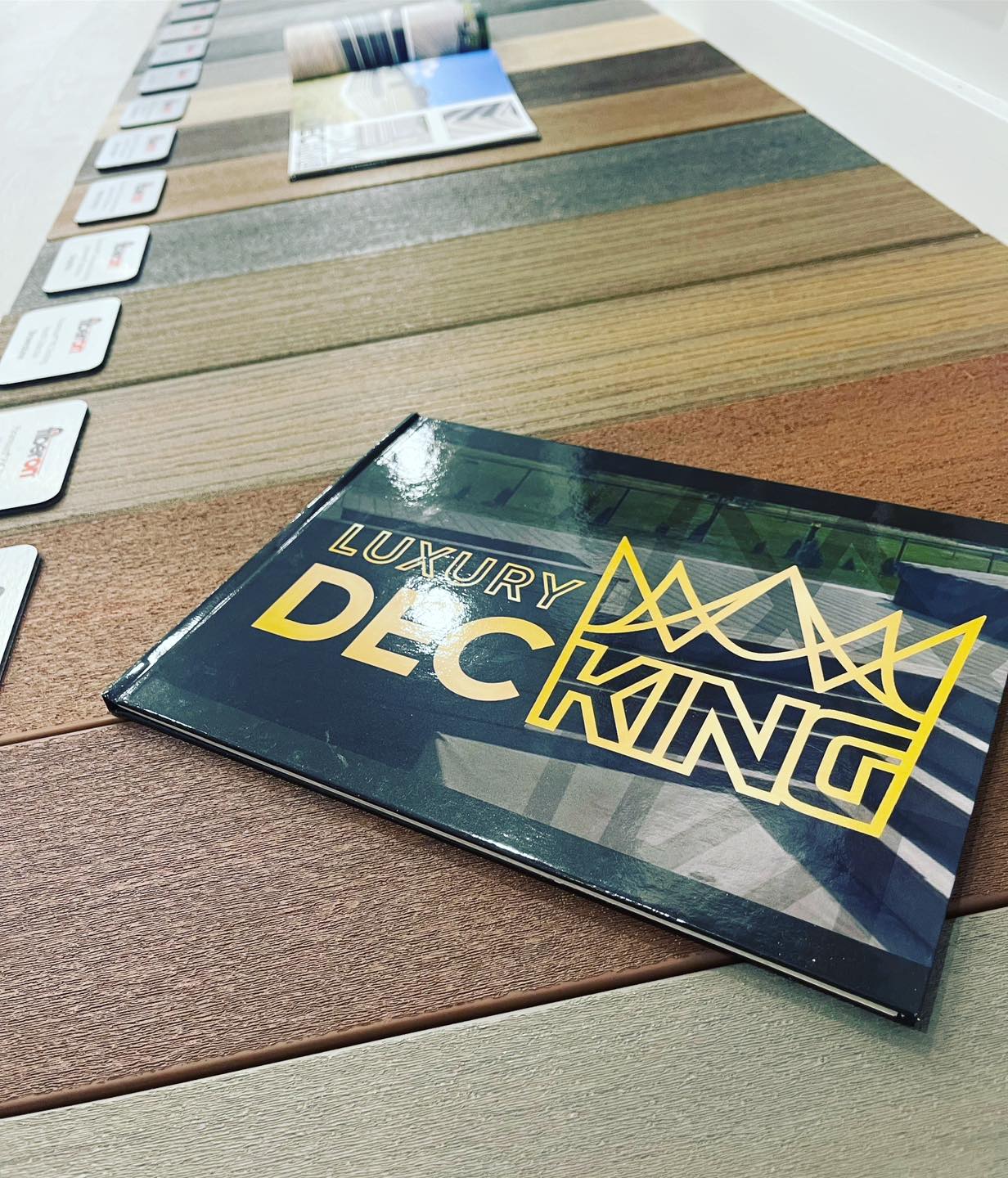Exploring the World of Capped Composite Decking: A Comprehensive Guide
Building a deck is a transformative endeavor, enhancing your outdoor living space and creating an area for relaxation, entertainment, and enjoyment. In the realm of decking materials, capped composite decking has emerged as a popular and innovative choice. If you're considering this option for your deck project, it's crucial to understand what capped composite decking is and the advantages it brings to the table. In this comprehensive guide, we delve into all aspects of capped composite decking, providing you with the knowledge needed to make an informed decision for your outdoor space.
Understanding Capped Composite Decking
1. Introduction to Composite Decking:
Composite decking, in its essence, is a man-made building material composed of a mix of wood fibers, recycled plastics, and bonding agents. This combination results in a durable, low-maintenance, and eco-friendly alternative to traditional wood decking. While traditional composite decking has gained popularity, capped composite decking represents an advancement in technology and performance.
2. The Cap Layer:
What sets capped composite decking apart is the addition of a protective cap layer. This cap, usually made from a high-performance polymer, is applied to the surface of the composite core during the manufacturing process. The cap serves as a shield, providing enhanced protection against the elements, fading, staining, and daily wear and tear.
3. Core Composition:
Beneath the protective cap lies the core of the deck board. The core typically consists of a mixture of wood fibers, recycled plastics, and bonding agents. This composition contributes to the deck's strength and durability while maintaining a natural wood look.
4. Advantages of Capped Composite Decking:
a. Durability:
The protective cap layer significantly enhances the durability of capped composite decking. It acts as a barrier, preventing moisture, mold, and mildew from penetrating the core, ensuring the deck remains structurally sound over time.
b. Resistance to Fading:
Exposure to sunlight can cause color fading in traditional composite decking. Capped composite decking addresses this issue with its UV-resistant cap layer, ensuring that the deck retains its vibrant color over the years.
c. Stain and Scratch Resistance:
The cap layer acts as a barrier against stains and scratches, making capped composite decks highly resistant to common issues faced by traditional wood and uncapped composite decks. This feature is especially valuable in high-traffic areas.
d. Low Maintenance:
Capped composite decking requires minimal maintenance compared to wood. The cap layer resists staining, eliminating the need for regular staining or sealing. Cleaning is typically as simple as using soap and water.
e. Long Lifespan:
The combination of a robust core and a protective cap contributes to an extended lifespan for capped composite decking. Homeowners can expect their deck to withstand the elements and maintain its structural integrity for many years.
f. Environmentally Friendly:
The use of recycled materials in the composition of capped composite decking aligns with environmentally conscious practices. Additionally, the longevity of capped composite decks reduces the need for frequent replacements, further minimizing environmental impact.
5. Installation Considerations:
a. Hidden Fastening Systems:
Capped composite decking often features grooves on the sides for hidden fastening systems. This not only enhances the aesthetics of the deck but also facilitates a smooth, fastener-free surface.
b. Weight Considerations:
While capped composite decking is generally lighter than traditional wood, it's essential to consider the weight of the materials, especially in elevated or rooftop deck applications.
c. Expansion and Contraction:
Like any decking material, capped composite decks may expand and contract with temperature variations. Manufacturers provide guidelines for proper spacing to accommodate these movements and prevent issues such as warping.
Choosing the Right Capped Composite Decking
1. Brand and Quality:
The market offers a variety of capped composite decking brands, each with its unique features and qualities. Researching reputable brands and selecting a high-quality product is essential for a successful and enduring deck project.
2. Color and Aesthetics:
Capped composite decking comes in an array of colors and finishes, allowing homeowners to customize their outdoor space. Consider the aesthetic appeal of different options and how well they complement the overall design of your home and landscape.
3. Texture and Grain Patterns:
Texture and grain patterns play a role in achieving a natural wood look. Capped composite decking often replicates the appearance of real wood, providing a visually appealing surface. Explore various textures and grain patterns to find the one that suits your preferences.
4. Warranty and Guarantees:
Reputable manufacturers offer warranties and guarantees on their capped composite decking products. Pay attention to the terms of the warranty, including coverage for fading, staining, and structural integrity. A robust warranty is indicative of the manufacturer's confidence in their product.
5. Budget Considerations:
While capped composite decking may have a higher upfront cost than traditional wood, the long-term savings in maintenance and replacement expenses often make it a cost-effective choice. Consider your budget and evaluate the overall value that capped composite decking brings to your outdoor space.
Case Study: The Beauty and Longevity of Capped Composite Decking
Let's explore a hypothetical scenario where a homeowner opts for capped composite decking:
Homeowner's Project:
- Desired Features: A durable, low-maintenance deck with a natural wood look.
- Aesthetic Preferences: Warm color tones that complement the surrounding landscape.
- Usage: A high-traffic outdoor space for entertaining and relaxation.
Capped Composite Decking Choice:
- Brand Selection: The homeowner researches and selects a reputable capped composite decking brand known for its quality and performance.
- Color and Finish: A warm, earthy color with a realistic wood grain finish is chosen to create a visually inviting outdoor space.
- Texture: Opting for a textured surface that mimics the feel of real wood, enhancing the overall aesthetics of the deck.
- Installation: The homeowner follows manufacturer guidelines for proper installation, including using a hidden fastening system to achieve a seamless deck surface.
Result: An Inviting Outdoor Oasis
The homeowner's choice of capped composite decking results in an outdoor oasis that seamlessly blends aesthetics with functionality. The deck, resistant to fading, stains, and scratches, retains its beauty even in high-traffic areas. With minimal maintenance requirements, the homeowner can enjoy their deck for years to come, creating lasting memories in their carefully crafted outdoor space.
Conclusion: Elevating Your Outdoor Experience with Capped Composite Decking
Capped composite decking stands as a testament to the continuous innovation in the world of outdoor construction materials. Offering a blend of durability, aesthetics, and low maintenance, it has become a favored choice for homeowners looking to enhance their outdoor living spaces. As you embark on the journey of building or renovating your deck, understanding the features and considerations of capped composite decking empowers you to make an informed decision that aligns with your preferences and lifestyle. Elevate your outdoor experience with the beauty and longevity of capped composite decking—a material designed to stand the test of time and bring enduring value to your home.


